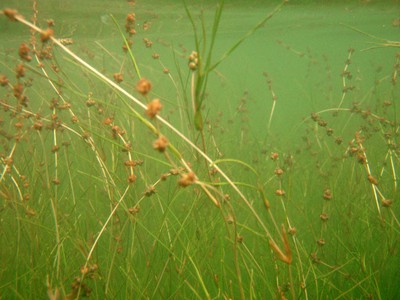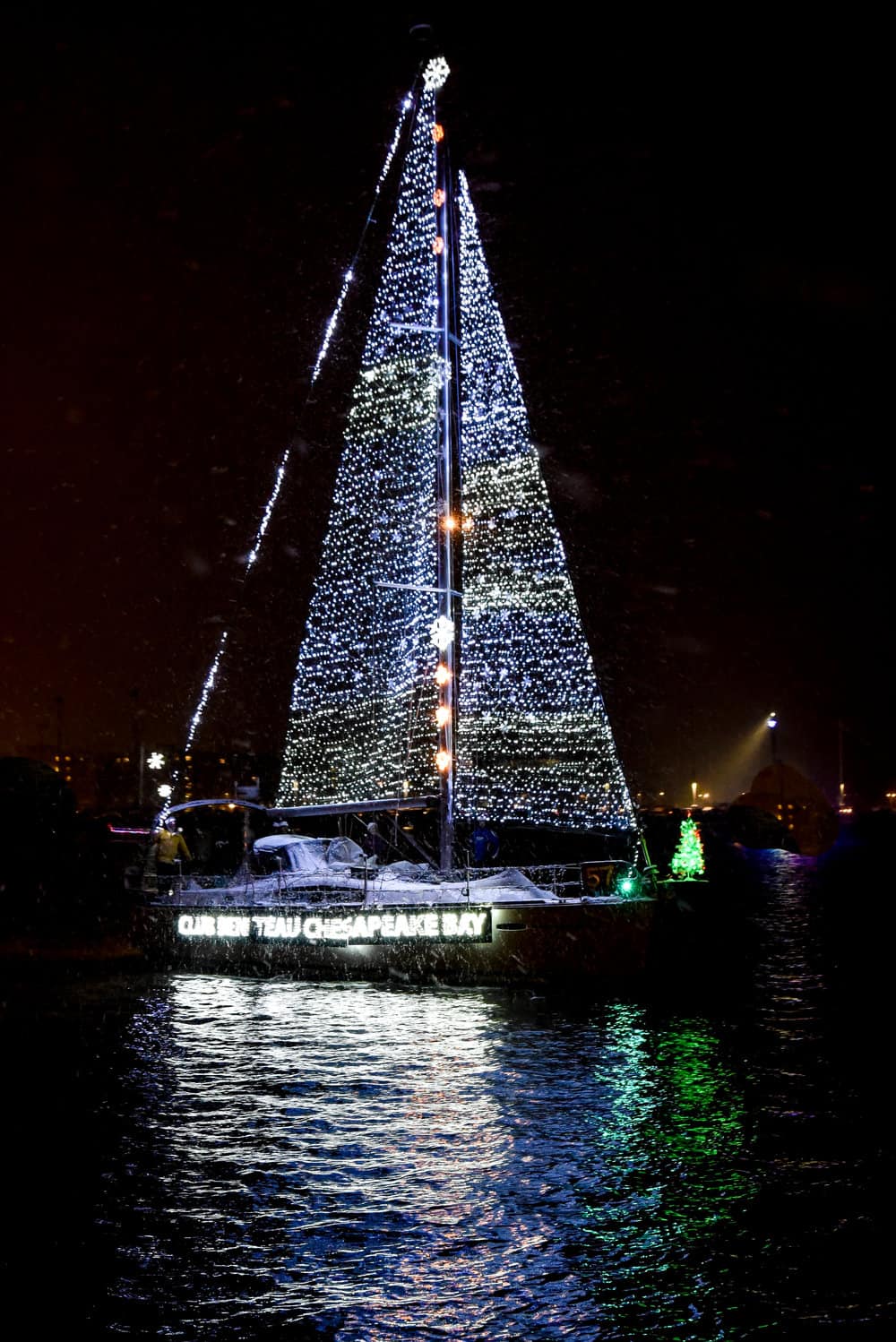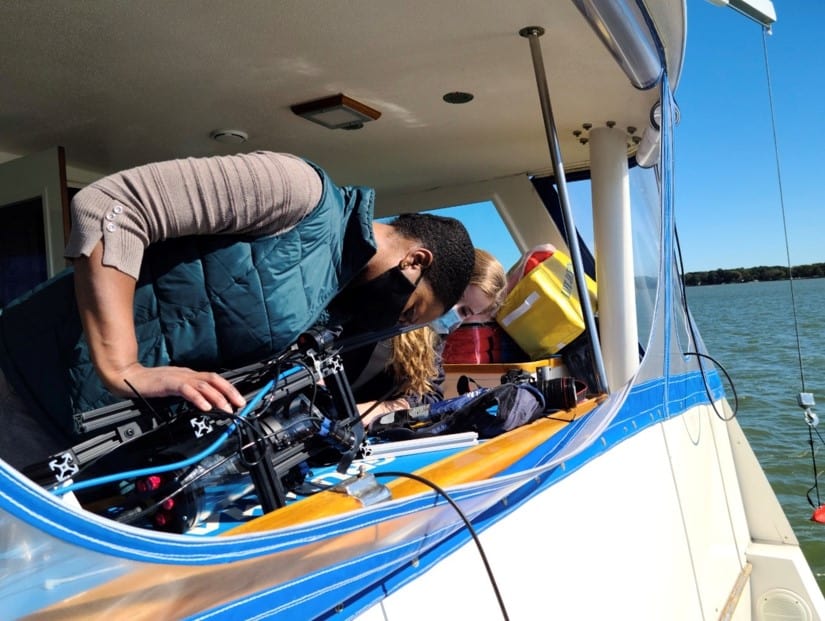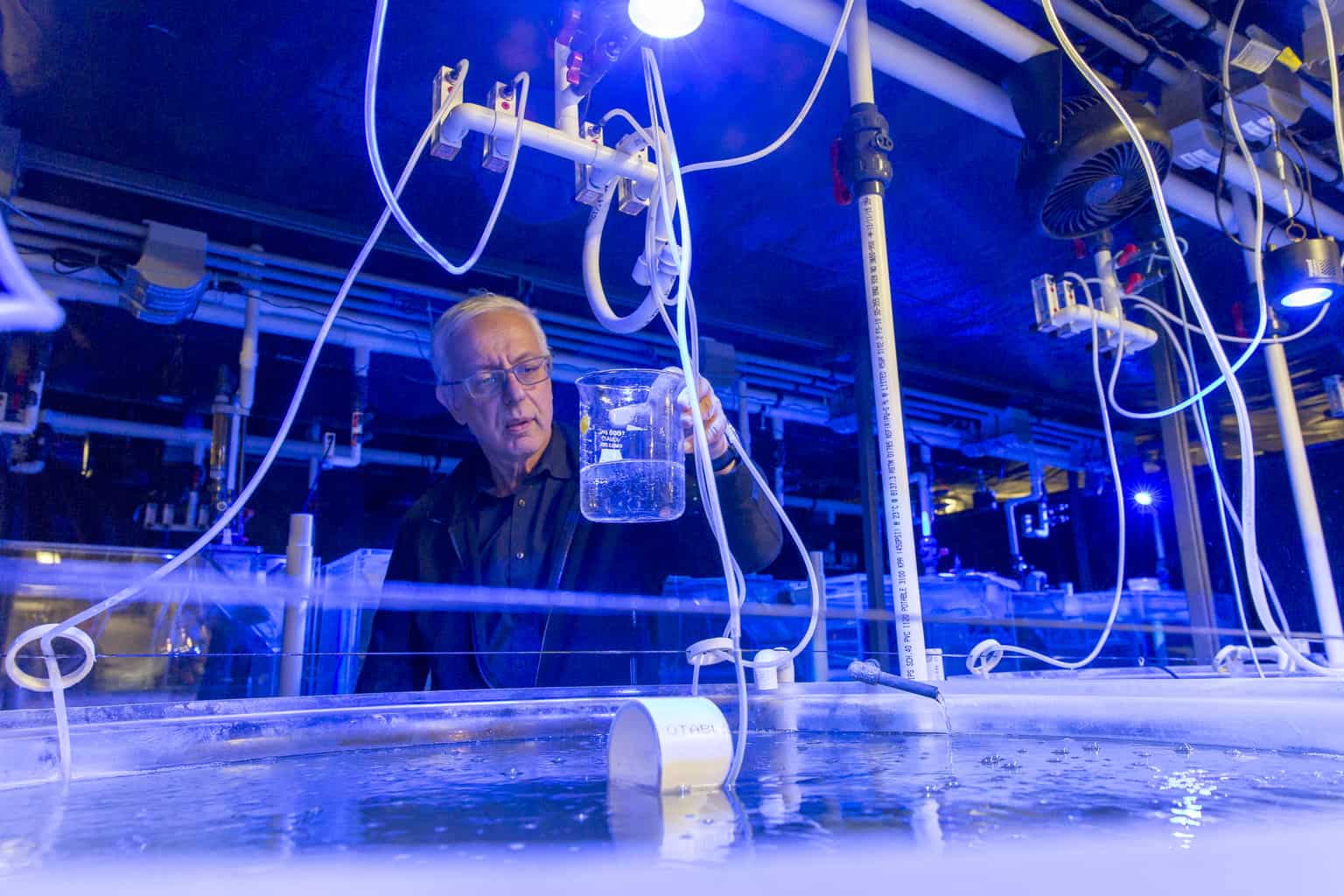Last month, Bay Bulletin reported the good news that underwater grasses were on the rise in the Chesapeake, thanks to nutrient reductions. That good news has turned into great news, as mapping has revealed that SAV (submerged aquatic vegetation) in the Bay have, for the first time, totaled more than 100,000 acres.
SAV in the Choptank River. Photo: Ben FertigAccording to the Chesapeake Bay Program, mapping of the Chesapeake in 2017 estimated just under 105,000 acres of underwater grasses, which is “the highest amount ever recorded by the Virginia Institute of Marine Science (VIMS) and the first time in our decades-long history of monitoring this critical habitat that the total abundance surpassed 100,000 acres,” the Program says. “This marks the third consecutive year in which the acreage of underwater grasses reported for the Bay was the highest ever recorded since annual surveying began in 1984.”
The most recent total is nearly 15,000 acres greater that the Program’s restoration target for 2017 and 57 percent of the goal called for in the Chesapeake Bay Watershed Agreement.
The Program notes that significant increases in very salty, moderately salty, and tidal fresh regions of the Chesapeake are responsible for the abundance of different types of vegetation.
Among the locations with increases in underwater grasses from 2016 to 2017 were: the Bush River, from 62 to 126 acres; the Patapsco River, from 3 to 14 acres; the Lower Patuxent River, from 32 to 130 acres; the Anacostia River, from 8 to 13 acres; and the Upper James River, from 92 to 448 acres.
Brooke Landry, a Natural Resources Biologist with the Maryland DNR and Chair of the Chesapeake Bay Program’s Submerged Aquatic Vegetation Workgroup, notes that increases in SAV are important for many reasons. “SAV is so much more than the plants themselves,” she says. “They mean clear water and shoreline protection, carbon sequestration and climate mitigation. They mean more fish and crabs and waterfowl. And they mean memorable vacations and a healthy environment.”
-Laura Boycourt




